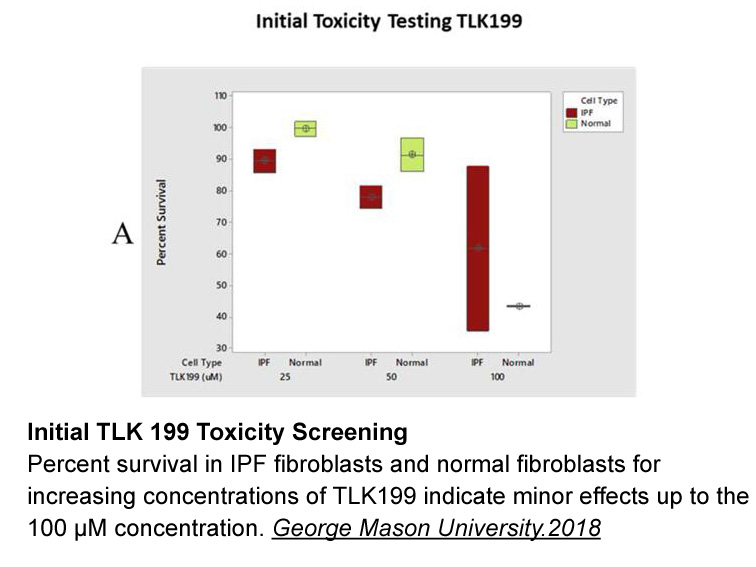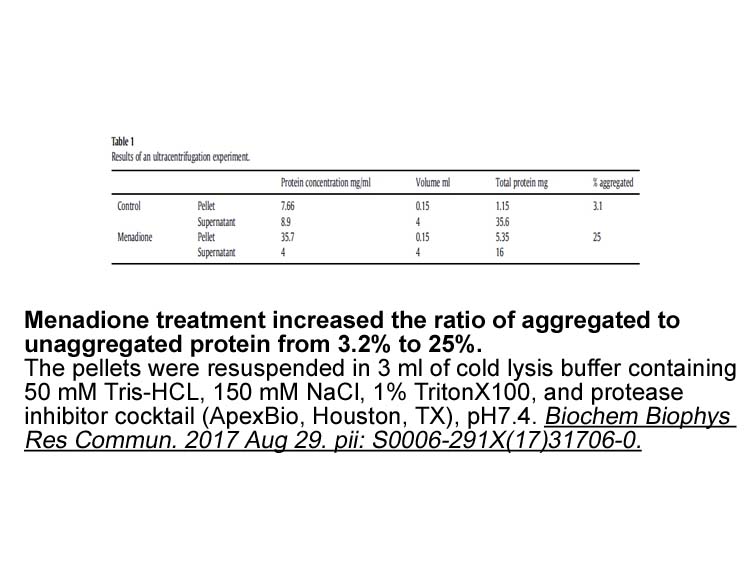Archives
- 2025-11
- 2025-10
- 2025-09
- 2025-03
- 2025-02
- 2025-01
- 2024-12
- 2024-11
- 2024-10
- 2024-09
- 2024-08
- 2024-07
- 2024-06
- 2024-05
- 2024-04
- 2024-03
- 2024-02
- 2024-01
- 2023-12
- 2023-11
- 2023-10
- 2023-09
- 2023-08
- 2023-07
- 2023-06
- 2023-05
- 2023-04
- 2023-03
- 2023-02
- 2023-01
- 2022-12
- 2022-11
- 2022-10
- 2022-09
- 2022-08
- 2022-07
- 2022-06
- 2022-05
- 2022-04
- 2022-03
- 2022-02
- 2022-01
- 2021-12
- 2021-11
- 2021-10
- 2021-09
- 2021-08
- 2021-07
- 2021-06
- 2021-05
- 2021-04
- 2021-03
- 2021-02
- 2021-01
- 2020-12
- 2020-11
- 2020-10
- 2020-09
- 2020-08
- 2020-07
- 2020-06
- 2020-05
- 2020-04
- 2020-03
- 2020-02
- 2020-01
- 2019-12
- 2019-11
- 2019-10
- 2019-09
- 2019-08
- 2019-07
- 2019-06
- 2019-05
- 2019-04
- 2018-07
-
Deferasirox: Antitumor Iron Chelation Beyond Ferroptosis
2025-10-03
Explore the multifaceted role of Deferasirox as an oral iron chelator in cancer research, focusing on its unique mechanisms for iron chelation therapy for iron overload and antitumor applications. This article delves into recent discoveries linking iron metabolism, ferroptosis resistance, and apoptosis induction, providing new perspectives distinct from existing resources.
-
Deferasirox and the Iron Metabolism Frontier: Strategic G...
2025-10-02
This thought-leadership article explores the mechanistic and translational opportunities of Deferasirox, an oral iron chelator, at the intersection of iron chelation therapy, cancer research, and ferroptosis resistance. Integrating state-of-the-art findings on iron metabolism and cell death pathways, the article offers actionable insights and strategic recommendations for researchers seeking to leverage iron chelators in preclinical and translational oncology.
-
Deferasirox and the Iron Paradox: Strategic Pathways for ...
2025-10-01
Explore how Deferasirox, a leading oral iron chelator, is redefining the frontiers of cancer therapy and iron chelation by targeting the intricate interplay between iron metabolism, ferroptosis, and tumor growth. This thought-leadership article synthesizes mechanistic advances, translational opportunities, and competitive dynamics—empowering researchers to harness Deferasirox for the next wave of oncology breakthroughs.
-
Deferasirox and the Iron Frontier: Strategic Opportunitie...
2025-09-30
The evolving landscape of cancer therapy increasingly recognizes iron metabolism as a powerful lever for modulating tumor growth and cell death. This thought-leadership article dissects the mechanistic underpinnings of Deferasirox, an oral iron chelator, in the context of emerging ferroptosis research and tumor biology. By synthesizing recent mechanistic insights, competitive trends, and translational imperatives, we explore how Deferasirox empowers researchers to interrogate—and potentially disrupt—the iron-dependent vulnerabilities of cancer.
-
Dlin-MC3-DMA: Molecular Design and Translational Impact i...
2025-09-29
Explore the unique molecular design and translational applications of Dlin-MC3-DMA, an advanced ionizable cationic liposome enabling potent lipid nanoparticle siRNA and mRNA delivery. This article delivers new scientific insights into endosomal escape, hepatic gene silencing, and predictive formulation strategies.
-
BGJ398 (NVP-BGJ398): Precision FGFR Inhibition in Cancer ...
2025-09-28
Discover how BGJ398 (NVP-BGJ398), a selective FGFR inhibitor, is revolutionizing oncology research through unparalleled specificity and mechanistic insight into FGFR-driven malignancies. This article uniquely explores translational applications, advanced signal pathway targeting, and future research potential.
-
5-(N,N-dimethyl)-Amiloride Hydrochloride: Beyond NHE1 Inh...
2025-09-27
Explore how 5-(N,N-dimethyl)-Amiloride hydrochloride advances cardiovascular disease and endothelial injury research as a precise NHE1 inhibitor. This article uniquely examines its mechanistic depth and translational significance, including its role in intracellular pH regulation and emerging applications in vascular pathology.
-
MG-132 in Precision Neuroproteostasis: Beyond Apoptosis A...
2025-09-26
Explore how MG-132, a potent proteasome inhibitor peptide aldehyde, enables advanced interrogation of neuroproteostasis, autophagy, and disease-relevant protein degradation. This article uniquely connects MG-132 research to NMDA receptor quality control and targeted intervention in neurological disease models.
-
Sulfo-Cy7 NHS Ester: Pioneering Near-Infrared Dye for Tra...
2025-09-25
Discover how Sulfo-Cy7 NHS Ester, a sulfonated near-infrared fluorescent dye, is transforming translational bioimaging in placental and microbial vesicle research. This in-depth analysis explores unique mechanistic insights and experimental strategies for leveraging this dye in emerging disease models.
-
EZ Cap™ Firefly Luciferase mRNA: Transforming DC-Targeted...
2025-09-24
Discover how EZ Cap™ Firefly Luciferase mRNA (5-moUTP) advances dendritic cell-targeted mRNA delivery and bioluminescent immunoassays. This article uniquely explores its role in next-generation vaccine platforms and immune activation studies.
-
Tamoxifen: Mechanistic Versatility in Advanced Molecular ...
2025-09-23
Tamoxifen, a selective estrogen receptor modulator, is pivotal in molecular biology for its multifaceted roles from CreER-mediated gene knockout to kinase inhibition and antiviral investigations. This article critically examines novel mechanistic insights and practical applications of Tamoxifen, highlighting its utility beyond classical breast cancer research.
-
In this study we designed and
2025-03-03

In this study, we designed and synthesized two ALK PROTACs (degraders), 5 (MS4077) and 6 (MS4078), by linking ceritinib and pomalidomide [45] through two different linkers. Using human ALCL and NSCLC cells, we characterized both compounds in a battery of assays to demonstrate their effects on reduci
-
In terms of the full length
2025-03-03

In terms of the full-length proteins, it was noted early on that ACs have two cellular localizations: as integral proteins of the plasma membrane and as soluble proteins in the cytosol. Based on the distribution in mammalian sequences, it was initially proposed that subclass IIIa contains only membr
-
The pathogenesis of d penicillamine
2025-03-03

The pathogenesis of d-penicillamine-induced MG is not clear. The repertoire of anti-AChR EZ Cap™ EPO mRNA in d-penicillamine-induced MG has been shown to be similar to that in idiopathic MG in terms of AChR antigenic regions, suggesting a common immune mechanism (Tzartos et al., 1988). About 20% o
-
Osteoblasts have been thought to be the major cell
2025-03-03

Osteoblasts have been thought to be the major cell type that expresses RANKL (Suda et al., 1999) which is a ligand for osteoprotegerin (OPG) and which functions as a key factor for osteoclast differentiation and activation. Recently, Nakashima and his colleagues (Nakashima et al., 2011) demonstrated